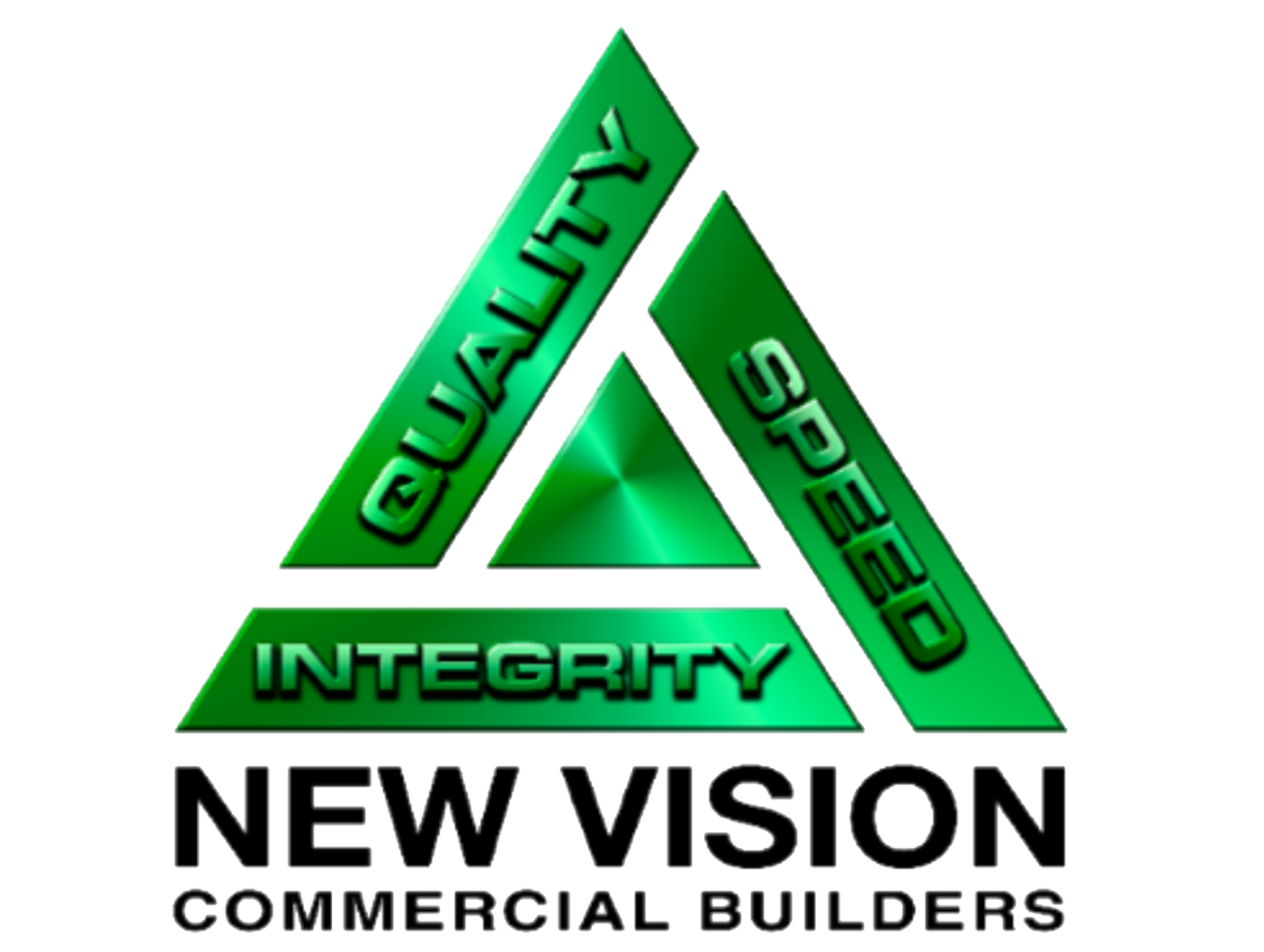SB-326 / SB-721
New Vision is a certified An SB-721/SB-326 inspector is a qualified professional in California who performs inspections on exterior elevated elements (like balconies, decks, and walkways) in multi-unit residential buildings, mandated by state laws SB-721 (for apartment buildings) and SB-326 (for condominiums), to identify potential structural issues and ensure safety by checking for signs of deterioration, water damage, and other hazards that could compromise the structural integrity of these elements; these inspections must be conducted at regular intervals as outlined by the respective laws.
Senate Bill 326 (SB 326) is a California law that requires regular inspections of balconies and other exterior structures in multi-family residential buildings. The law's goal is to improve the safety and longevity of these structures.
How does SB 326 work?
- Requires inspections every six years for multi-family buildings with three or more units
- Requires qualified inspectors to assess structural integrity and identify potential damage
- Requires inspectors to submit a detailed report to the local building department
- Requires repairs to be made if necessary
Why was SB 326 created?
- SB 326 was created in response to a tragic accident that killed six people and injured others due to balcony and railing failures
- The law went into effect on January 1, 2020
Who is responsible for complying with SB 326?
- Condominium HOAs and Associations are responsible for complying with SB 326
What are the structures that are subject to SB 326?
- Balconies, decks, porches, stairways, walkways, and entries
California Senate Bill 721 (SB 721) is a law that requires the inspection and maintenance of exterior elevated elements (EEEs) in multi-family residential buildings. The law is also known as the Decks and Balconies Inspection law.
Purpose
- Ensure the safety of balconies, decks, stairs, and other elevated structures
- Prevent structural failures
- Protect building owners from liability if an accident occurs
Who is affected
- Multi-family residential buildings with three or more dwelling units
- Buildings with exterior elevated elements that are more than six feet above adjacent grade
Inspection requirements
- Inspections must be performed by a licensed professional
- Inspections must include any necessary testing
- Inspections must be completed by January 1, 2025, and every six years thereafter
- Inspection reports must be provided to the building owner
Penalties
- Non-compliant facilities may be assessed penalties of $100–$500 per day
- The local jurisdiction may enforce a safety lien against the facility
Additional benefits
- Certified inspection reports show tenants and potential buyers that the building is proactive about property safety
